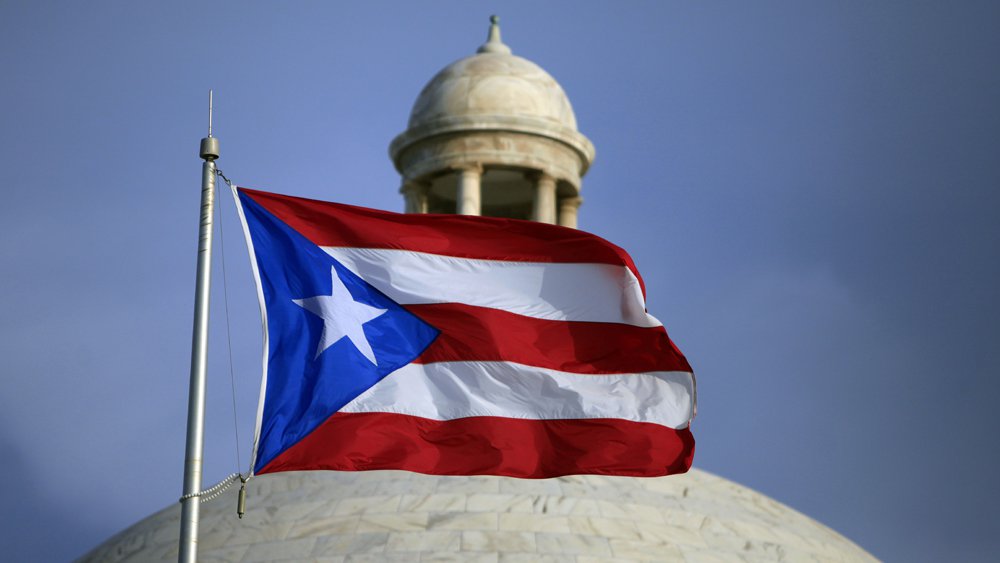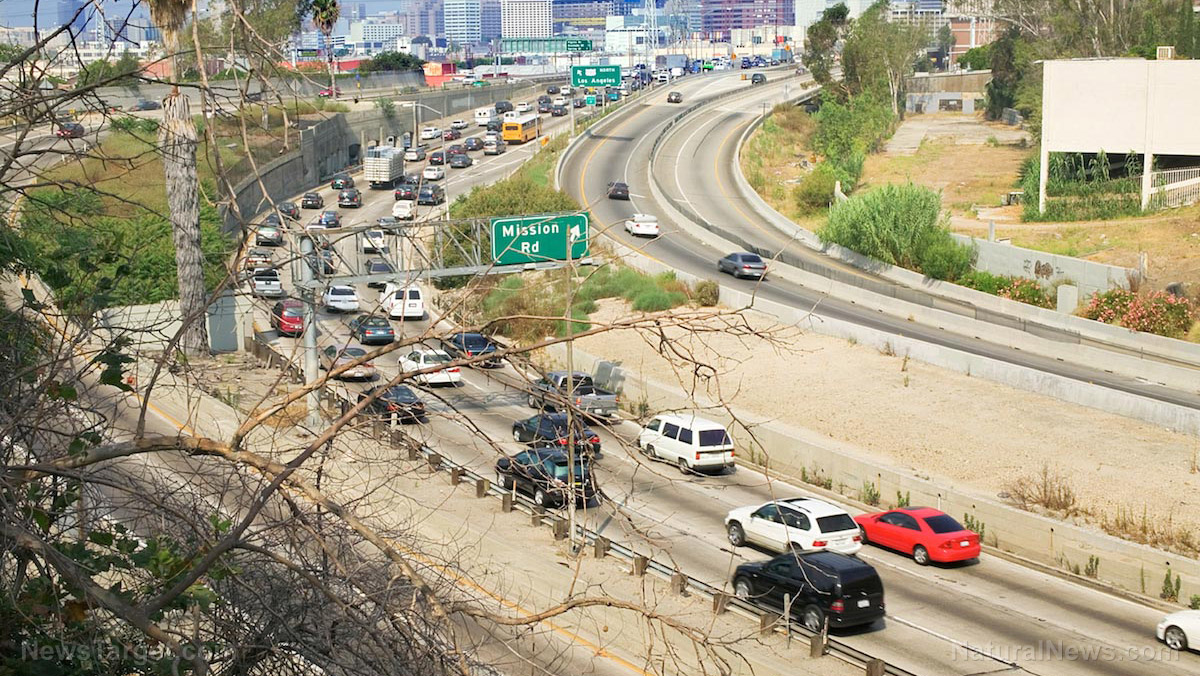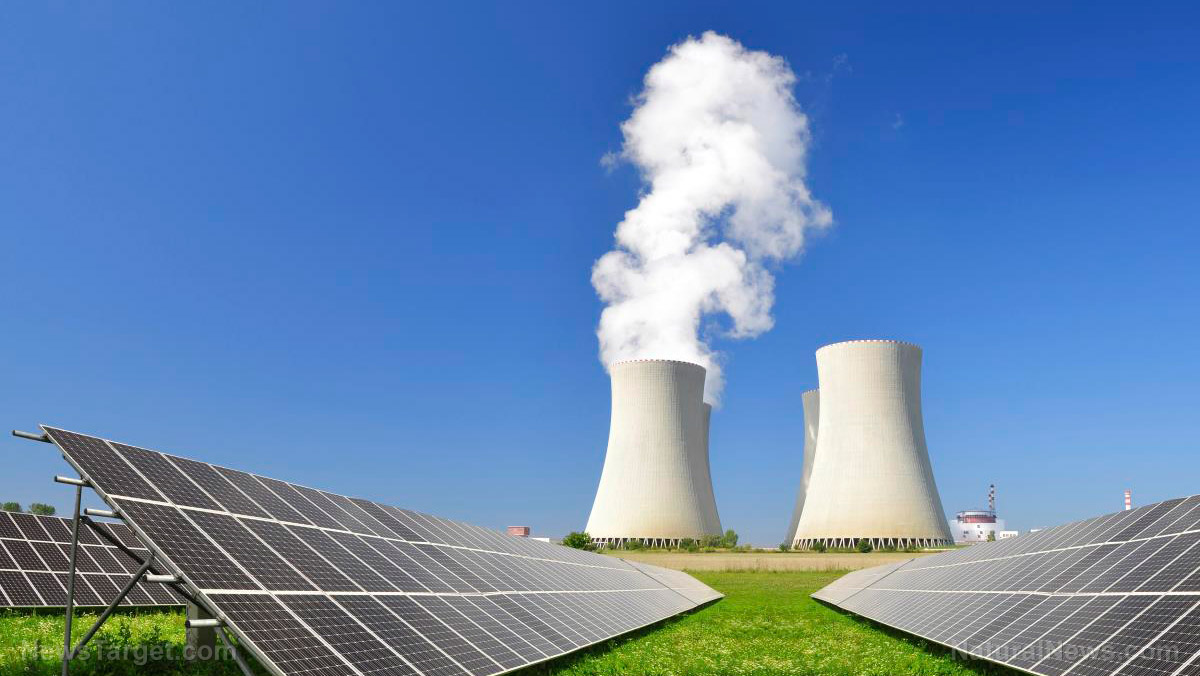 Parler
Parler Gab
Gab
- A third of the U.S. faces elevated blackout risks this summer due to grid instability, driven by unreliable renewables, surging demand, and aging infrastructure.
- Four major grid regions—MISO, SPP, ERCOT, and New England—are most vulnerable, with extreme heat and low wind potentially triggering rolling blackouts.
- The Biden administration’s push for renewables has worsened grid reliability, as solar and wind fail during peak demand while fossil fuel plants retire without adequate replacements.
- Rising electricity demand from data centers, industry, and heatwaves clashes with supply chain delays, labor shortages, and unreliable green energy infrastructure.
- Blackouts threaten lives by disrupting hospitals, emergency services, and vulnerable populations, as seen in Texas’ 2021 winter crisis, highlighting the need for balanced energy policies.
The renewable energy gamble
At the heart of the crisis is the Biden administration’s aggressive push for renewable energy, which NERC explicitly links to grid instability. While solar and wind capacity has expanded, these sources remain unreliable during peak demand. Solar panels produce nothing at night, and wind turbines stall in calm conditions, which is precisely when air conditioning use spikes during heatwaves. NERC’s report notes that MISO, which serves 15 Midwestern states, has lost 3,200 megawatts of generation capacity since 2021 due to coal and nuclear plant retirements, even as demand grows by 1.7%. The region now leans heavily on renewables, leaving it vulnerable to shortages. Similarly, ERCOT—Texas’s grid—faces evening supply crunches when solar output plummets but demand stays high. John Moura, NERC’s director of reliability assessments, acknowledged the grid is "still under stress" and called for "timely investment in infrastructure." But the reality is daunting: environmental regulations and green energy mandates have accelerated the shutdown of dependable fossil fuel plants while failing to replace them with equally reliable alternatives.A perfect storm of demand and dysfunction
The U.S. is projected to need 10 gigawatts more electricity this summer than in 2024—enough to power 10 million homes. This surge is driven by data centers, industrial expansion, and electrification, compounded by record-breaking heat. Yet the grid is woefully unprepared. Meanwhile, inverter-based resources (IBRs)—solar, wind, and battery systems—are prone to tripping offline during grid disturbances, further destabilizing supply. Supply chain delays and skilled labor shortages are worsening the crisis. Transformer and transmission line upgrades are backlogged, leaving grids brittle. MISO, for instance, has seen 1,575 MW of gas and coal capacity retire since last summer, with no equivalent replacement. "With higher demand and less firm resources," NERC warns, the region faces "operating reserve shortfalls."The human cost of blackouts
Rolling blackouts aren’t just inconveniences; they can be life-threatening. Extended outages disrupt hospitals, water pumps, and emergency services. Food spoils, medications degrade, and vulnerable populations, especially the elderly, face heatstroke or hypothermia. In Texas’s 2021 winter blackout, more than 200 people died. President Trump’s recent executive order declaring a national energy emergency and challenging state-level attacks on fossil fuels highlights the policy divide. As NERC’s report makes clear, renewables alone cannot sustain modern civilization’s energy needs. NERC’s assessment is a dire warning that the U.S. grid is teetering on the brink. While operators scramble to mitigate risks, the root cause—reckless energy policies—remains unaddressed. Without a return to balanced, all-of-the-above energy strategies, Americans should brace for darker, hotter summers ahead. Sources for this article include: YourNews.com UtilityDive.com MSN.comTrump’s nuclear renaissance: Push for energy dominance sparks debate over safety and speed
By Willow Tohi // Share
Spain’s renewable energy experiment triggers nationwide BLACKOUT
By Lance D Johnson // Share
Empire Wind 1 offshore wind project resumes amid political turmoil and economic pressure
By Belle Carter // Share
Senate blocks California’s plans to ban gas car sales by 2035
By Cassie B. // Share
Renewable energy leader Denmark mulls reversal of its decades-old nuclear power ban
By Ramon Tomey // Share
Governments continue to obscure COVID-19 vaccine data amid rising concerns over excess deaths
By patricklewis // Share
Tech giant Microsoft backs EXTINCTION with its support of carbon capture programs
By ramontomeydw // Share
Germany to resume arms exports to Israel despite repeated ceasefire violations
By isabelle // Share










